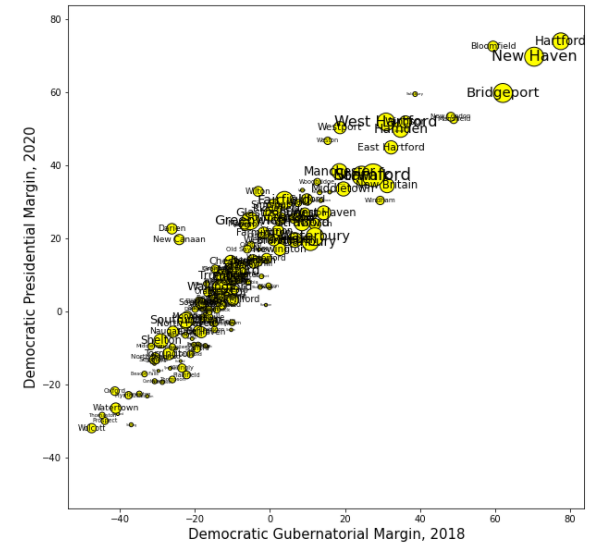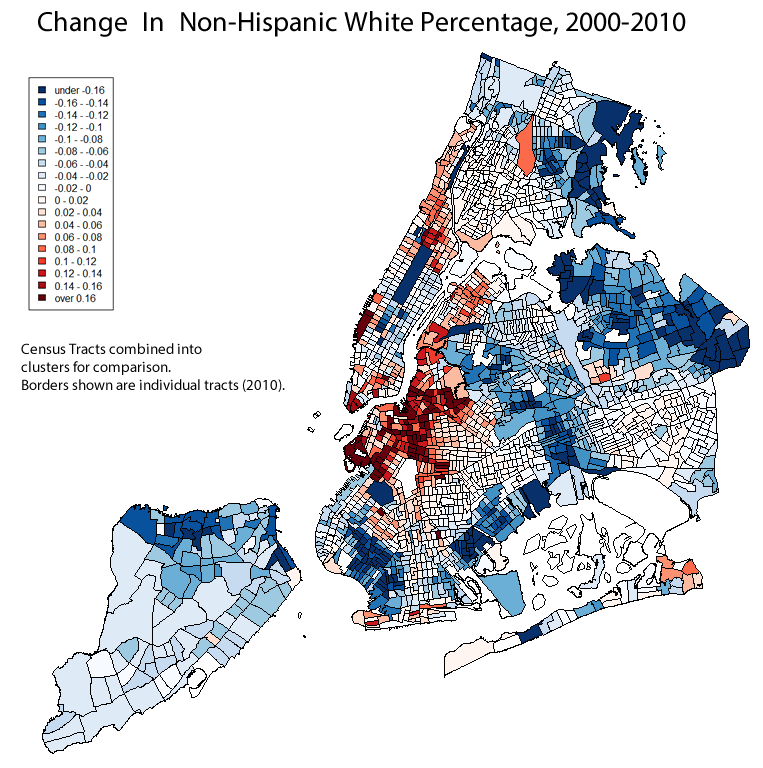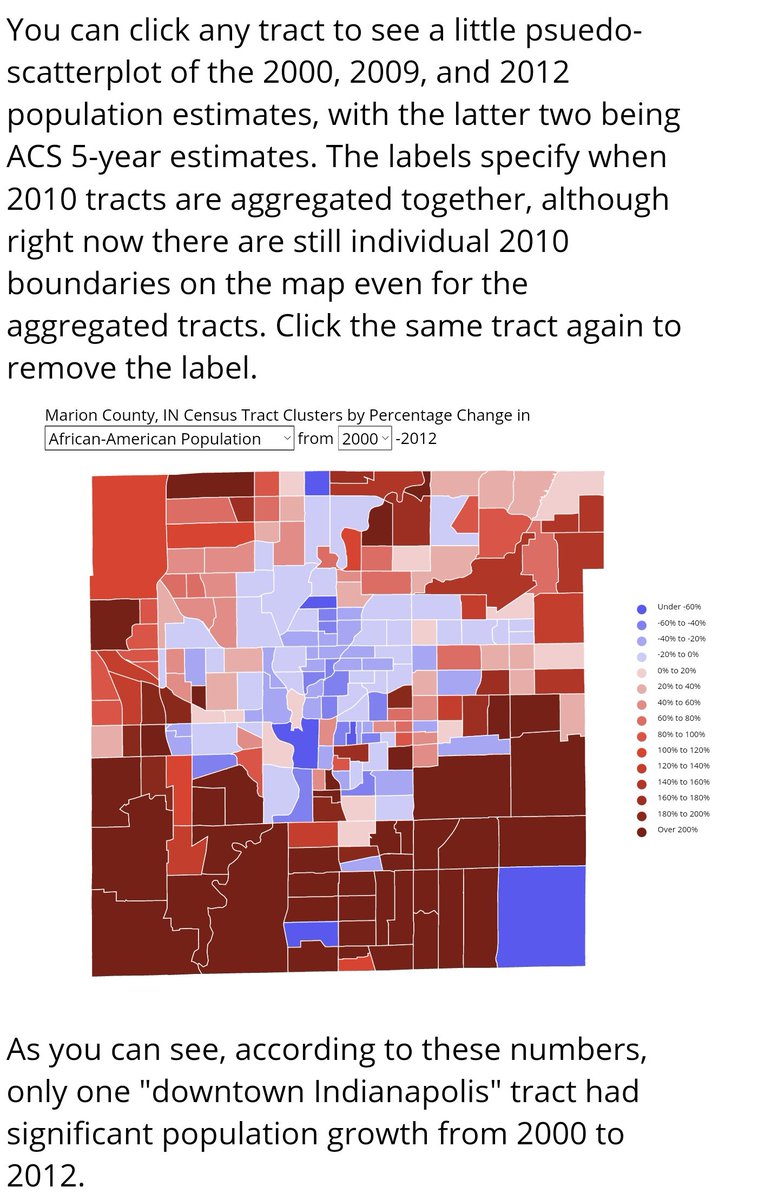
I've not seen this movie or read the play but reminded me of odd way Amanda Plummer was very specifically typecast as "seemingly incoherent woman with secret insights", in her Tony-winning "Agnes Of God", her Emmy-winning SVU role ("Weak"), and her biggest hit ("Catching Fire"). 


https://twitter.com/NextOnTCM/status/1426257358834049029



Of course the lead in "Catching Fire" probably got the job because they were like, "well, Jennifer Lawrence already skinned a squirrel onscreen in that Oscar movie, let's just get her to do it again". So Hollywood does this.
Or--I'm sure I've Tweeted about this before, and it's not unique to me, Brian Cox's FOUR different "guy behind the memory-erasing super-soldier program" roles. 






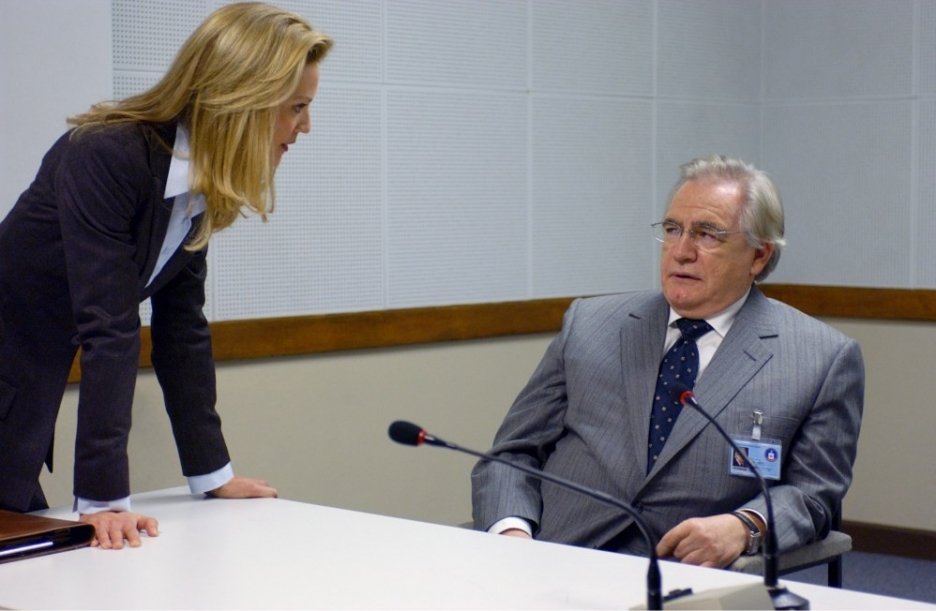
I'm ripping off some list of these, I forget. If you've seen Bruce Greenwood in a movie, then he might well have been President of the United States. 





If you were a "Sliders" fan and you asked why Cleavant Derricks was in the main cast as an old-time R&B star, maybe someone just liked his Tony-winning "Dreamgirls" role as...an old-time R&B star...


https://twitter.com/jfruh/status/1426261475128078336
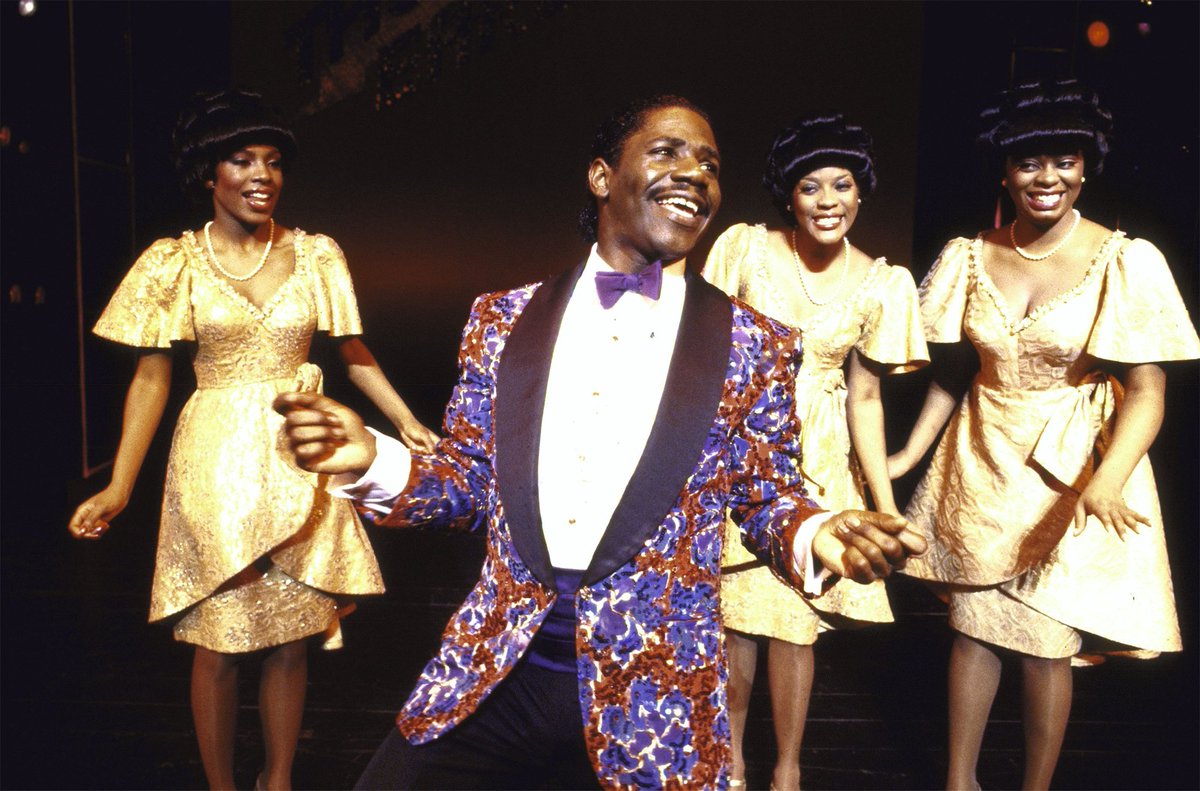
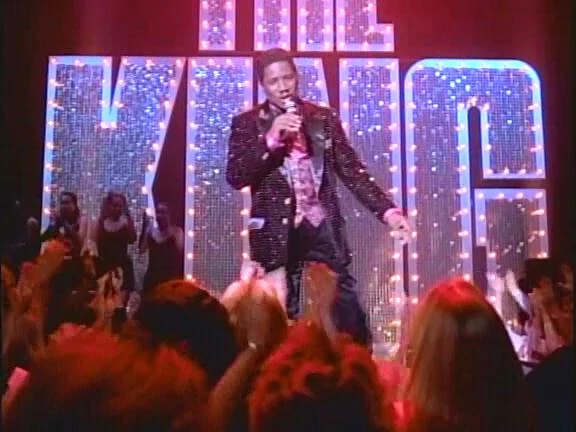
Jason Momoa, usually some kind of warrior prince. IDK the last role, I assume it's different because he has a shirt on. 







You have to watch this clip where Liam Neeson talks about seeing Helen Mirren in this role and/or outfit.
https://twitter.com/Robot_Bastard/status/1426266968378707975
• • •
Missing some Tweet in this thread? You can try to
force a refresh






